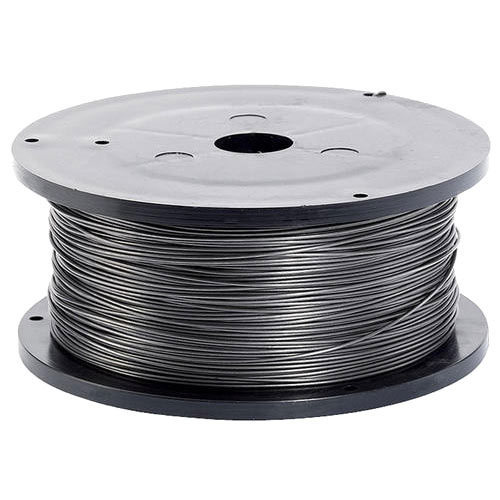
There are two types of flux-cored wire electrodes: gas-shielded and self-shielded. As its name implies, the gas-shielded type of flux-cored wire requires an external shielding gas. The self-shielded variety does not.
The flux coating on gas shielded flux-cored wires solidifies faster than the molten weld material. Consequently, a sort of shelf is created which holds the molten pool when welding overhead or vertically up. Gas-shielded flux wires work well when welding thicker metals. They also work well for welding out-of-position applications. Slag removal is easy with this type of wire.
Self-shielding flux-cored wires do not require an external shielding gas. With this type of electrode, the weld pool is protected as gas is generated when the flux from the wire is burned. Because the self-shielding wire produces its own protective shield and doesn’t require an external gas tank, it is more easily carried about.
Advantages of Flux-Cored Wire Electrodes
There are several advantages of using flux-cored wire electrodes. These advantages include but are not limited to:
- They allow for a high deposition rate.
- They work well outdoors and in windy conditions.
- With the right filler materials, these electrodes can make FCAW an “all-position” process.
- Typically, flux-cored wires create clean, strong welds.
Disadvantages of Flux-Cored Wire Electrodes
There are concerns with any type of welding method. Regardless of the process and type of electrode used, there is the possibility of creating an incomplete fusion between the base metals. Slag inclusion or cracks in the welds may also result.
Additional problems that may arise when using flux-cored electrode wires include:
- A melted contact tip may occur if the electrode contacts the base metal and fuses the two together.
- If gases do not escape the welded area before the metal hardens, the weld may develop holes and become porous.